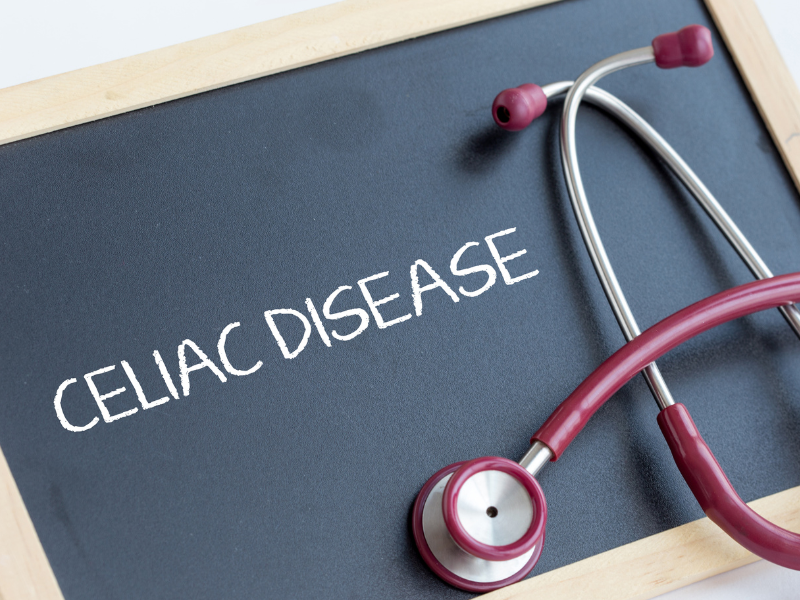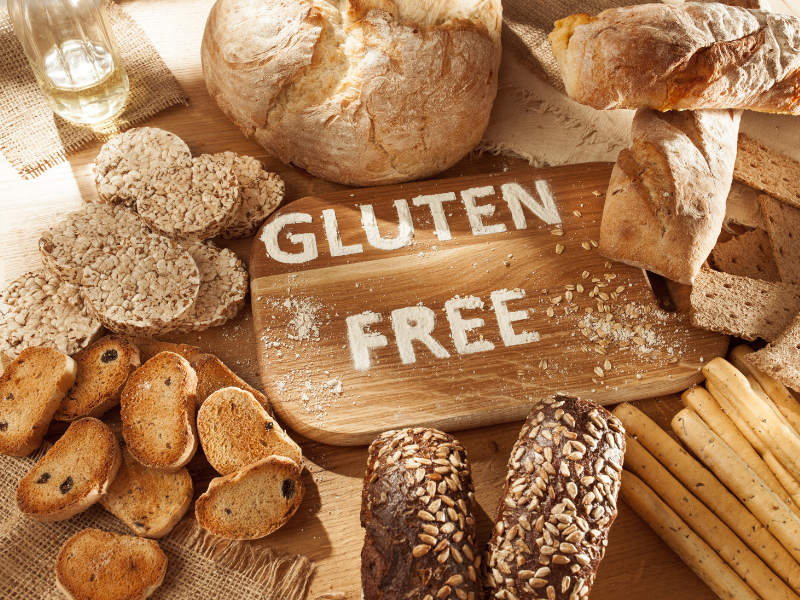


People are often confused about the various terms for gluten-related conditions, and because of this, they are often used interchangeably. In this article, we clarify what exactly celiac disease, gluten allergy, and other terminologies are, issues that have different causes, symptoms, and effects, even if they may share certain similarities between them. It’s essential to understand what sets them apart so that you’re able to obtain the right treatment and manage the condition accordingly, especially with a gluten-free diet. Dive in to learn more and find out!
Celiac Disease

Celiac disease is an autoimmune disease that can be categorized as a severe one as it can be triggered from even a tiny ingestion of gluten.
Gluten is a type of protein found in items like rye, barley, and wheat, and when you consume it while suffering from celiac disease, you can cause intense damage to your small intestine which will impact your body’s ability to absorb nutrients [1]. About 1% of the US population suffers from the condition but 5% carry the gene that makes them prone to it [1].
Causes and Symptoms

There’s never a sure answer for what exactly causes celiac disease, but for the majority of those who suffer from it, it seems to be an inherited autoimmune disorder. Individuals who carry specific gene variants are observed to be more susceptible, and when parents have the condition, there’s around a 10% chance that a child develops it too [2].
But this doesn’t mean everyone with these genes will inherit the condition as it sometimes also develops due to environmental factors. Diagnosing celiac disease can be done through a series of blood tests and upper endoscopy. If left untreated, it can lead to osteoporosis, malnutrition, and other autoimmune conditions [1].
Celiac disease symptoms can vary widely from person to person. Here are some common signs [1]:
- Digestive Issues: Chronic diarrhea, constipation, bloating, and abdominal pain.
- Nutrient Absorption Problems: Weight loss, anemia, and other signs of malnutrition.
- General Discomfort: Fatigue, muscle cramps, and joint or bone pain.
- Other Manifestations: Skin rashes, leg numbness, weakened dental enamel, and in some cases, brain fog or depression.
- In Children: Slowed growth and development may be evident.
Treatment for Celiac Disease
There is no permanent cure for celiac disease, but it can be managed through a lifelong gluten-free diet. Anything that contains wheat, barley, and rye must be avoided in order to prevent intestinal damage to heal and for your body to absorb nutrients normally. Ensure that you have regular checkups with your physician for managing the condition right.
More about the gluten-free diet:
10 Gluten and Dairy-Free Breakfast Ideas and Recipes
Top 20 Gluten-Free Snacks 2024
Breaking Down Gluten Allergy
The term gluten allergy is actually inaccurate, and it’s often either confused with wheat allergy or celiac disease. But such a term doesn’t actually refer to anything at all, but there are others which refer to being intolerant or sensitive to gluten.
Gluten Intolerance, Gluten Sensitivity and Wheat Allergy

Gluten intolerance has similar symptoms to celiac disease but does have its own set of differences too. They’re both conditions where your body responds negatively to gluten, but the responses are different. When you have celiac disease, your immune system overreacts and attacks the body’s own tissues, but you have gluten intolerance, you will just be affected by symptoms like abdominal pain, bloating, diarrhea, nausea, gas etc. It is also known as non-celiac gluten sensitivity [2].
Wheat allergy, on the other hand, will induce a reaction that’s not triggered by just gluten but other multiple food proteins that are found in wheat too [3]. This has an immune response like celiac disease too but is not a life-long condition; it just has short-term effects. This is an allergy that can actually be outgrown and will also not cause any long-term damage to the digestive system or any other organ like untreated celiac disease, unless you were to suffer from any severe allergic reaction like anaphylaxis.
You may also like: High Fiber Foods Chart For Constipation Relief
Gluten-Free Diet

The best way to manage these different types of gluten intolerance and sensitivities is to limit or eliminate gluten from your diet. If you have celiac disease, you should entirely avoid this binding agent protein to prevent harmful damage to your intestines and symptoms like abdominal pain and nausea.
Usually this involves relying on gluten-free flours, rice, quinoa, etc., and other gluten-free foods which can also help with supporting gut health. There are plenty of delicious gluten-free recipes you can follow which won’t have you compromising on any taste!
Conclusion
We hope this article has given you the clarification and insight you need to simplify the world of gluten sensitivity, celiac disease, and gluten intolerance. For more tips on how you can lead an active and healthy lifestyle, check out the JustFit app!





